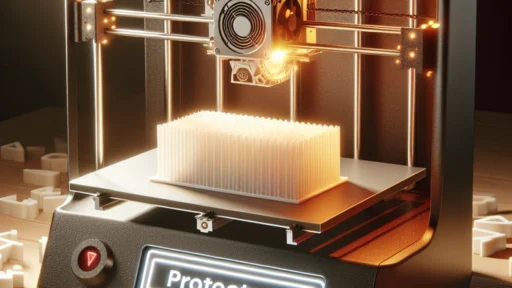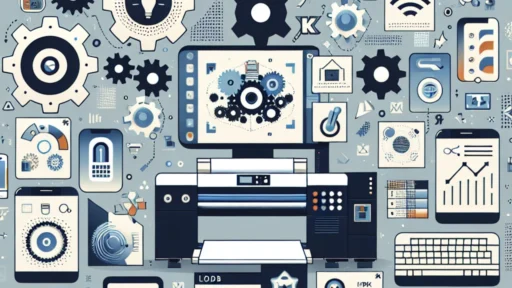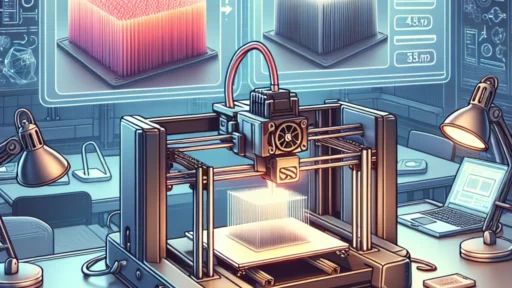The Intersection of Art and Technology in 3D Printing
In recent years, we’ve witnessed a wonderful merging of creativity and innovation through the world of 3D printing. This technology, once relegated to the realms of engineering and prototyping, has burst into the vibrant space of art. From intricate sculptures to bold installations, artists are leveraging 3D printing to push boundaries and explore new creative avenues. But how exactly do these two seemingly different fields come together? Let’s dive into the fascinating intersection of art and technology through the lens of 3D printing.
The Rise of 3D Printing in Art
At its core, 3D printing is about transforming ideas into tangible objects. For artists, this technology offers unprecedented levels of control and freedom. Where traditional methods can be labor-intensive and reliant on specific materials or craftsmanship, 3D printing provides a blank canvas for imagination. Using digital design software, artists can create complex geometries and patterns that would be nearly impossible to achieve by hand.
Take, for example, the work of contemporary artist Olafur Eliasson. He uses 3D printing to create stunning pieces that play with perception and light. His ethereal sculptures challenge our understanding of space and shape, drawing viewers into an immersive experience. This is just one example of how artists are embracing this technology to create works that provoke thought and admiration.
Breaking Barriers with Customization
One of the most exciting aspects of 3D printing in the art world is the potential for customization. Artists can produce unique pieces tailored to individual tastes or specifications. This is a game-changer, especially in a world where mass production often homogenizes artistic expression.
Imagine attending a gallery opening where each visitor can walk away with a one-of-a-kind piece of art. This level of personalization creates a deeper connection between artists and their audience. Artists can even collaborate with collectors and patrons, allowing them to play a role in the creation process. It redefines what ownership means when it comes to art.
Sustainability and Innovation
As discussions about sustainability become increasingly important in our global society, 3D printing also holds promise for eco-friendly art practices. Many artists are exploring sustainable materials, using biodegradable filaments made from sources like cornstarch or recycled plastics. This allows for the production of art that minimizes environmental impact.
Moreover, 3D printing reduces waste significantly. Traditional sculpting often results in a lot of excess material. However, with 3D printing, artists can design and produce exactly what they envision without the worry of leftover scraps. This not only leads to more efficient production but also contributes to a more sustainable art-making process.
Bridging the Gap: Collaboration with Technology
The integration of technology in art doesn’t stop at the printing process. Artists are increasingly collaborating with engineers, computer scientists, and technologists, creating dynamic partnerships that lead to innovative projects. For instance, some artists are incorporating augmented reality (AR) and virtual reality (VR) alongside their 3D-printed works, providing viewers with a multi-sensory experience that extends beyond the physical piece.
These collaborations often challenge traditional notions of authorship and creativity. In a world where art can be generated through algorithms or AI-assisted design, the question of what it means to be an "artist" is evolving. This intersection opens a dialogue about the role of technology in artistic expression and how it can stimulate new ideas and forms.
Future Possibilities
As technology continues to advance, the potential for 3D printing in art seems virtually limitless. Imagine fully immersive installations that envelop viewers in a multi-dimensional experience or art pieces that can change shape in response to environmental factors. The next frontier might even involve the creation of 3D-printed art that interacts with the audience, adapting in real-time to their movements or emotions.
As we navigate this exciting landscape, one thing is clear: the fusion of art and technology through 3D printing is reshaping not only the creative process but also the way we experience art itself. It encourages us to rethink what we find beautiful, from the materials used to the methods employed.
In this ever-evolving dance between human creativity and technological advancement, we are reminded that art is not just a reflection of society but a catalyst for change and innovation. Each new masterpiece that emerges from a 3D printer is a testament to the boundless potential that lies at the intersection of art and technology, inviting us to dream a little bigger and engage with the world in ever more creative ways.






